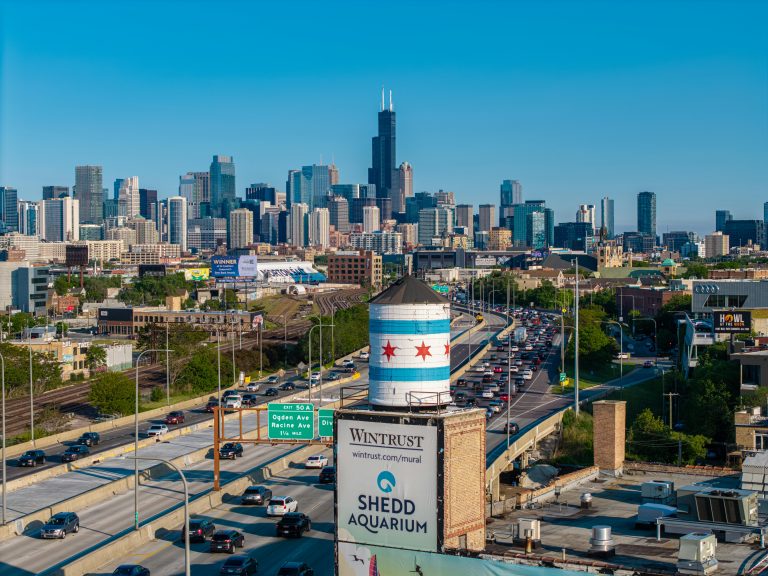Cities have always been vibrant hubs of culture, commerce, and opportunity. Yet in recent years, the concept of city living has undergone a significant transformation. From how people use their homes to the way communities are designed, urban life is shifting to reflect new priorities and modern challenges. Understanding these changes provides valuable insight into where city living is heading and how individuals can adapt.
- Flexible Housing and Multi-Use Spaces
One of the most notable changes in city living is the growing demand for flexible housing. With remote and hybrid work becoming common, city dwellers now want living spaces that can easily transform into offices, gyms, or creative studios. Developers and landlords are increasingly designing multi-use layouts that prioritise adaptability without sacrificing comfort.
- Green Spaces in Urban Environments
Urban planners are recognising the importance of green areas in maintaining wellbeing. Parks, rooftop gardens, and vertical greenery are becoming staples in new developments. These spaces do more than beautify; they reduce pollution, promote biodiversity, and provide residents with an essential connection to nature within crowded urban settings.
- Community-Led Living
City living was once characterised by anonymity, but that is changing. Many modern urban developments focus on fostering community spirit, featuring shared facilities such as co-working lounges, communal kitchens, and social courtyards. This reflects a shift from isolated lifestyles toward collaborative, supportive neighbourhoods.
- Smarter Cities, Smarter Homes
Technology is a driving force behind the new face of urban living. From smart energy systems to app-based access for building services, city homes are becoming more efficient and interconnected. Smart city initiatives are also addressing broader infrastructure needs, improving traffic flow, waste management, and public safety.
- Shifts in Mobility and Movement
City living today is closely tied to how residents move around. With sustainability high on the agenda, there is a growing push for cycling routes, electric vehicle charging points, and improved public transport. As people move between districts or relocate within cities, services like finestvan.co.uk play an essential role in making transitions smoother for residents who value efficiency and reliability when moving homes.
- Sustainability as a Priority
Energy-efficient buildings, recycled materials, and sustainable designs are no longer optional, they are expected. City dwellers are increasingly seeking eco-conscious developments that reduce their carbon footprints while still offering modern amenities. Developers are responding by integrating renewable energy solutions, sustainable drainage systems, and low-carbon construction practices.
- The Rise of Mixed-Use Developments
Rather than separating living, working, and leisure into different districts, cities are now blending these elements. Mixed-use developments combine homes, offices, shops, and entertainment spaces in one location, creating convenient and lively communities that minimise travel time and encourage local engagement.
Final Thoughts
The changing face of city living reflects broader societal trends, including sustainability, community, technology, and flexibility. As urban spaces evolve, they are becoming more than just places to live; they are environments designed to support healthier, smarter, and more connected lifestyles.
Whether you’re considering a move across town or into a new development, understanding these shifts can help you make choices that fit the modern urban experience.


